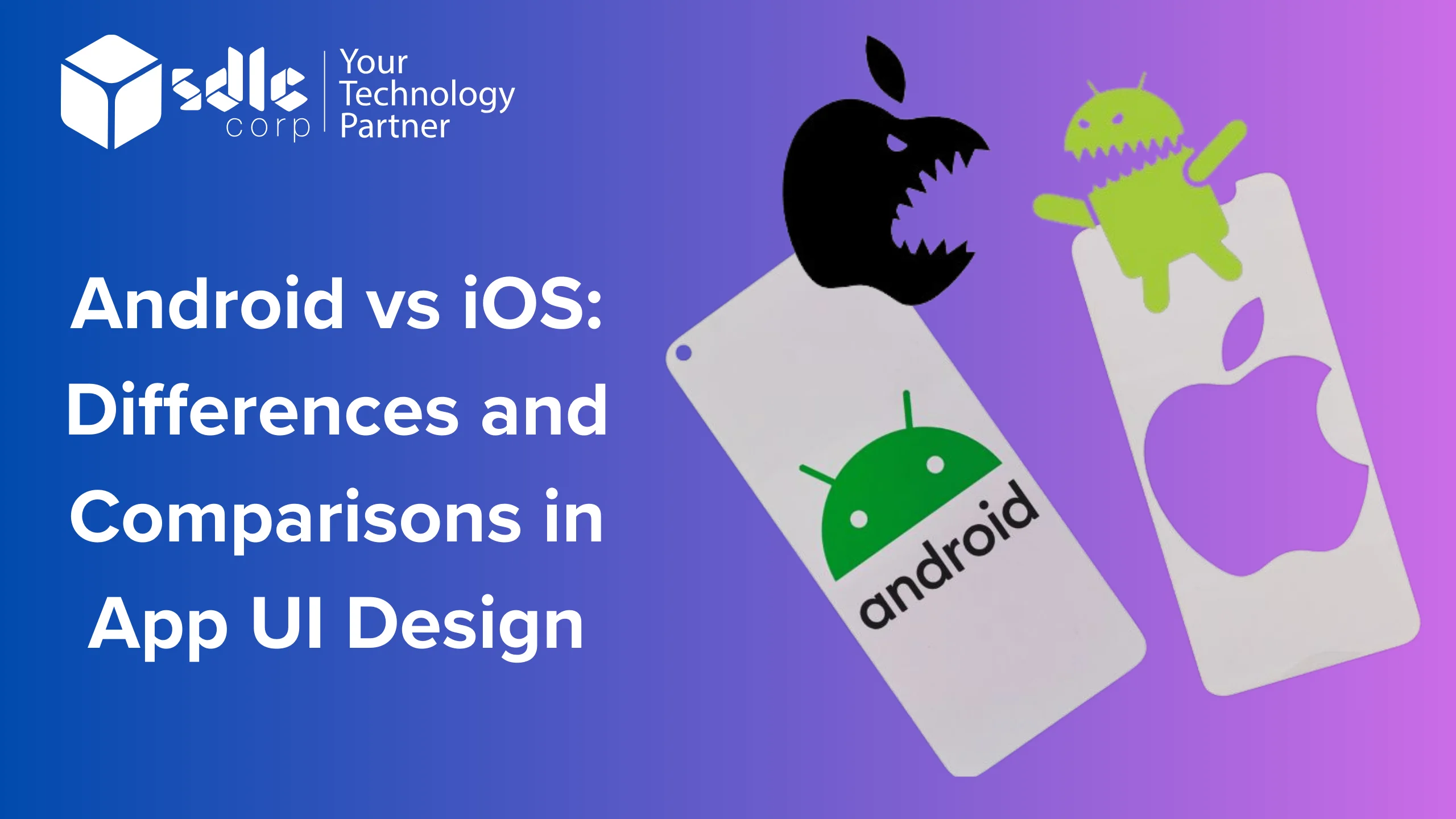Understanding the Structure of an Uber-Like App

When people say they want to “build an app like Uber,” they usually imagine one mobile app.
In reality, a ride-hailing ecosystem has multiple integrated parts that work together to deliver seamless service.
The four core components:
Rider App – booking, fare calculation, payments, live tracking
Driver App – trip management, navigation, earnings, reviews
Admin Panel – manages rides, payments, users, analytics
Backend System – APIs, databases, server logic, real-time notifications
Each module is developed separately and then connected through APIs and cloud services.
The total cost depends on how advanced each module needs to be.
2. Key factors that influence development cost

Cost depends on scope, complexity, team structure, and regional rates. Let’s explore each factor.
1. Platform and device support
Developing for iOS and Android doubles engineering effort.
Adding web dashboards, tablets, or wearables further increases testing and QA workload.
2. Feature complexity
Basic booking apps can be built quickly. But once you add real-time tracking, in-app chat, surge pricing, multi-payment systems, and push notifications, development time increases exponentially.
Advanced versions may also include:
Driver and passenger safety features
Live analytics dashboards
AI-based route optimization
Multi-language and multi-currency support
3. Design depth and user experience
In ride-hailing apps, usability is everything.
A cluttered interface can kill adoption rates. Expect 10–20% of your total cost to go toward UI/UX design, prototyping, and user testing.
4. Team expertise and location
Hourly developer rates vary globally:
US / Canada: $100–$150/hr
Europe: $50–$80/hr
India / Asia: $25–$40/hr
The same 600-hour project could cost $90,000 in the US or $45,000 in India.
5. Technology stack
Your choice of native (Swift/Kotlin) or cross-platform (Flutter/React Native) affects cost, speed, and scalability.
Native delivers better performance, while cross-platform offers faster MVP development at 25–35% lower cost.
6. App security and compliance
Integrating secure payment gateways (like Stripe or Razorpay), encrypted data storage, and GDPR compliance adds development time but ensures safety and trustworthiness
3. Feature-by-feature cost breakdown

Below is an approximate cost matrix for 2025 based on typical Uber-like app builds.
| Module / Feature | Avg. Dev. Hours | North America (USD) | Eastern Europe (USD) | India (USD) |
|---|---|---|---|---|
| User (Rider) App – booking, history, payment | 120 | 15,000 | 10,000 | 7,500 |
| Driver App – navigation, trips, earnings | 100 | 12,000 | 8,000 | 6,000 |
| Admin Dashboard – user & ride management | 160 | 20,000 | 12,000 | 9,000 |
| Real-Time GPS Tracking | 80 | 10,000 | 6,000 | 4,500 |
| Payments & Wallet Integration | 60 | 8,000 | 5,000 | 3,500 |
| Push Notifications, Chat | 40 | 5,000 | 3,000 | 2,000 |
| Ratings & Reviews | 40 | 5,000 | 3,000 | 2,000 |
| UI/UX Design (all modules) | — | 10,000 | 6,000 | 4,500 |
| QA, Testing & Deployment | — | 8,000 | 5,000 | 3,500 |
| Estimated Total (Basic MVP) | ~600 hrs | ≈$93,000 | ≈$58,000 | ≈$42,500 |
A typical MVP version (rider + driver + admin) will cost between $45,000 and $100,000, depending on region and tech stack.
4. Regional and market-based cost variations

Regional differences
Costs fluctuate based on team geography, regulations, and operational standards:
North America: high rates, premium design focus, strict compliance
Europe: balanced cost and quality, strong UI/UX culture
Asia (India, Vietnam, Philippines): affordable rates, fast delivery, flexible team models
Market-specific differences
Your business model influences cost. For instance:
Corporate ride-hailing needs analytics dashboards and invoicing systems.
Healthcare or school transport may need emergency features or route restrictions.
Women-only ride services often include extra security layers and identity checks.
5. Non-development and hidden expenses

Building is only half the story. These operational and recurring costs often go unnoticed:
1. App maintenance and updates
Apps like Uber require constant updates to stay stable across OS versions.
Average yearly maintenance = 15–25% of initial development cost.
2. Marketing and user acquisition
You’ll need to attract both drivers and riders.
Include costs for paid ads, referral programs, influencer partnerships, and app store optimization (ASO).
3. Cloud hosting and infrastructure
Real-time APIs, maps, and push notifications require robust cloud servers.
Monthly infrastructure costs can range between $500 and $2,000 depending on active users.
4. Customer support and operations
24/7 rider-driver support, issue resolution, and refund handling need a dedicated team and ticketing system.
5. Regulatory and compliance
Every market has different requirements for driver verification, insurance, and data protection. Legal compliance adds both setup and maintenance costs.
6. Choosing the right technology stack

The technology you choose directly impacts performance, scalability, and overall cost.
Recommended mobile tech stack for 2025
Frontend: Flutter or React Native (cross-platform) / Swift + Kotlin (native)
Backend: Node.js, Django, or Firebase
Database: PostgreSQL or MongoDB
APIs: Google Maps, Twilio (for SMS), Stripe / Razorpay (for payments)
Cloud: AWS, Google Cloud, or Azure
Native builds give peak performance but cost more.
Cross-platform solutions reduce build time by 25–40%, ideal for startups testing market traction.
7. Cost optimization strategies

Even within the same budget, smarter planning can stretch your investment further.
a. Start with an MVP
Launch with core features first — booking, GPS, payments, and feedback.
Add premium options (subscriptions, analytics, loyalty programs) later.
b. Use pre-built modules
Instead of developing chat or notification systems from scratch, integrate proven SDKs and APIs.
c. Outsource specific tasks
Design, QA, or backend development can be outsourced to reduce overhead without compromising quality.
d. Reuse existing code
Building driver and rider apps on a shared base can save both time and cost.
8. Monetization and ROI planning

Monetization determines how quickly your app becomes profitable.
Common revenue models for ride-hailing platforms:
Commission per ride (standard model like Uber)
Subscription plans (drivers pay a fixed fee per week or month)
Surge pricing during high demand
Advertising and brand partnerships within the app
Example ROI calculation
If your app costs $90,000 to build and you earn $2 commission per ride:
45,000 rides = break-even
3,000 daily rides = ~15 days to cover monthly operation
Common Mistakes That Inflate Costs

When planning to create an app similar to Uber, avoid these pitfalls:
- Ignoring user research, leading to unnecessary or unused features
- Overengineering the first version
- Underestimating post-launch maintenance
- Skimping on scalability planning
- Overlooking legal compliance
Case Study: How Uber Scaled

Uber started as UberCab in San Francisco with a basic iOS app and a handful of drivers. Key aspects of their growth included:
- Strong focus on user experience
- Scalable and modular tech stack
- Smart regional expansion
- Data-driven marketing campaigns
If you aim to build an app like Uber in 2025, mirror their early strategies: start lean, iterate based on feedback, and localize your services.
Monetization Strategies

Your app can generate revenue through multiple channels:
- Commission per ride
- Surge pricing during peak demand
- In-app advertisements
- Subscription models for users and drivers
- Partnerships with corporations for business rides
Choosing the right monetization model is essential to ensure profitability and sustainability.
Conclusion
Developing an app like Uber is an ambitious but achievable project if you plan strategically.
In 2025, a realistic cost range is $50,000–$120,000, depending on scope, tech stack, and location.
Before starting, focus on:
Defining your core MVP features
Choosing a scalable tech stack
Planning for maintenance and marketing early
Aligning cost expectations with your target market
With a solid plan and the right execution strategy, your ride-hailing app can be both sustainable and competitive in the growing on-demand economy.
FAQ's
1. How Much Does It Cost to Create an App Like Uber?
The cost typically ranges from $40,000 to $300,000+, depending on features, design complexity, technology stack, and the location of your development team. An MVP version may cost around $40,000–$70,000, while a full-scale solution with advanced features will be more expensive.
2. What is the Cost to Build an App Like Uber in 2025?
In 2025, the cost to build an Uber-like app has increased slightly due to higher compliance, inflation, and evolving technology demands. Expect to invest between $70,000 and $300,000+, depending on your app’s scale, integrations, and development approach.
3. Can I Create an App Similar to Uber on a Limited Budget?
Yes, it’s possible. You can start with a Minimum Viable Product (MVP), use cross-platform development tools like Flutter, and outsource to cost-effective regions such as India or Southeast Asia. This approach helps minimize costs without compromising core functionality.
4. How Long Does It Take to Develop a Ride-hailing App Like Uber?
The development timeline usually ranges from 4 to 8 months for a full-featured application. An MVP version can be completed within 2 to 3 months, depending on the number of features and the experience of the development team.
5. Do I Need Different Apps for Drivers and Passengers?
Yes. A typical Uber-like system includes separate apps for passengers and drivers, along with an admin panel to manage operations, monitor activity, and handle payments and analytics.



















